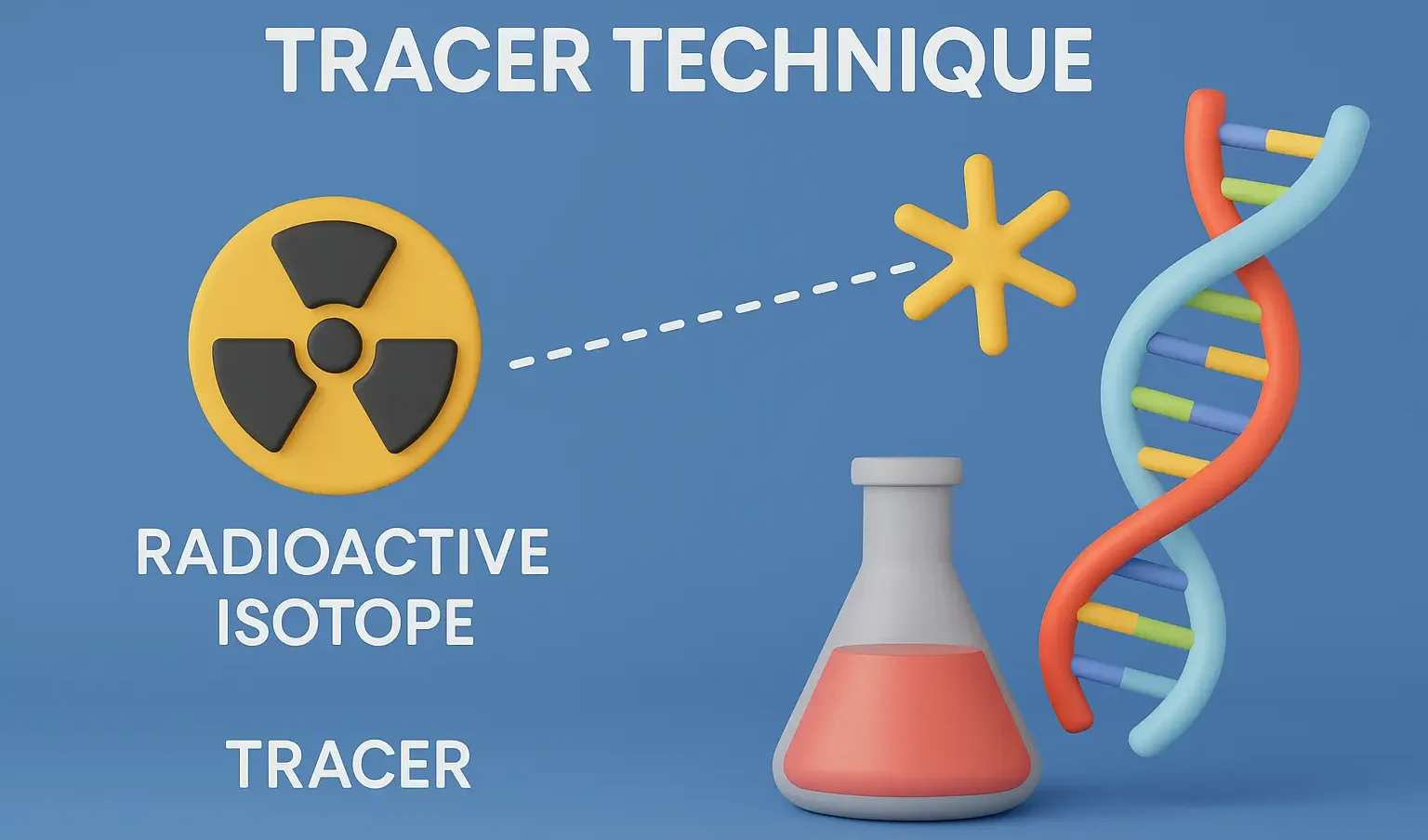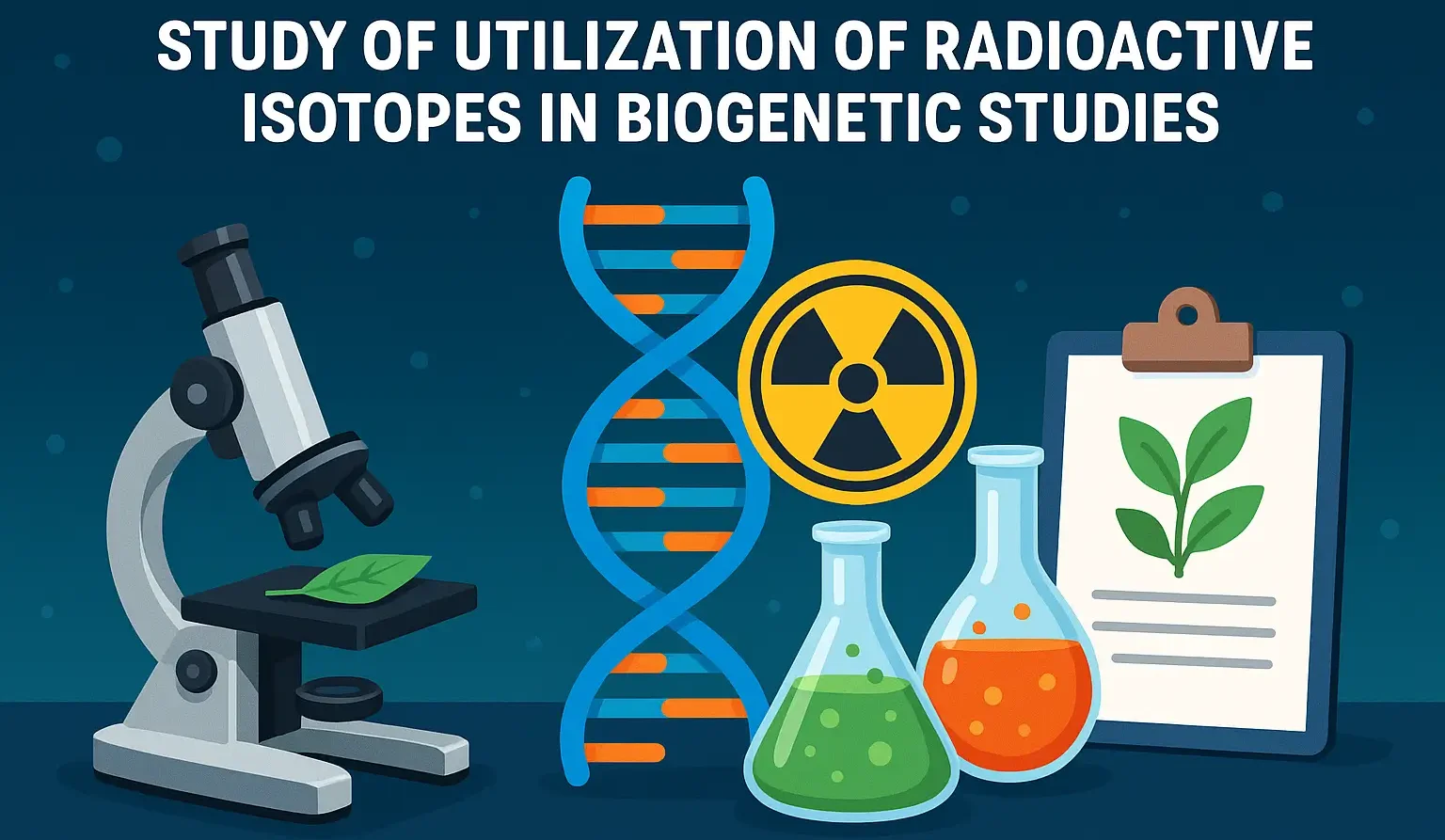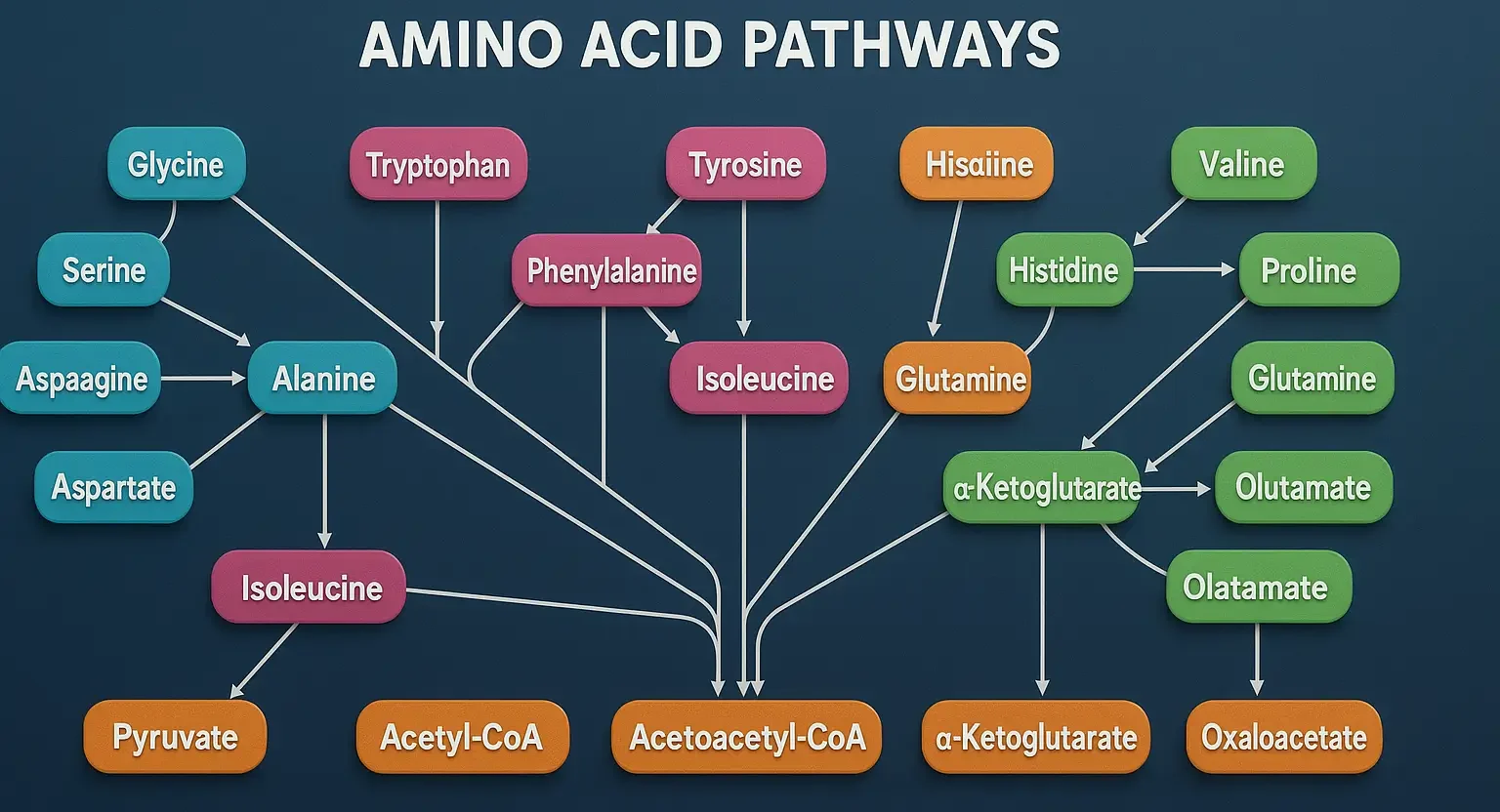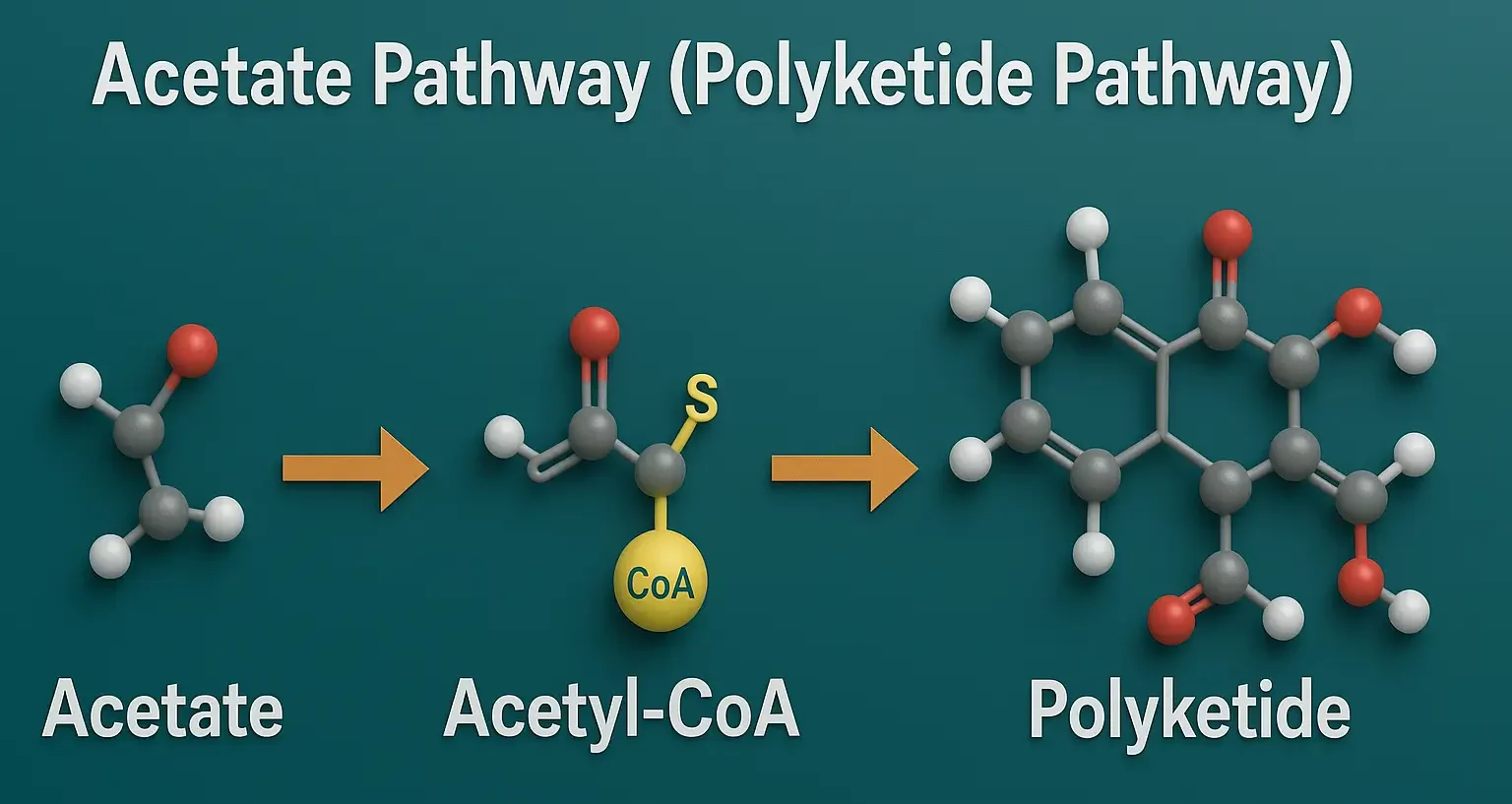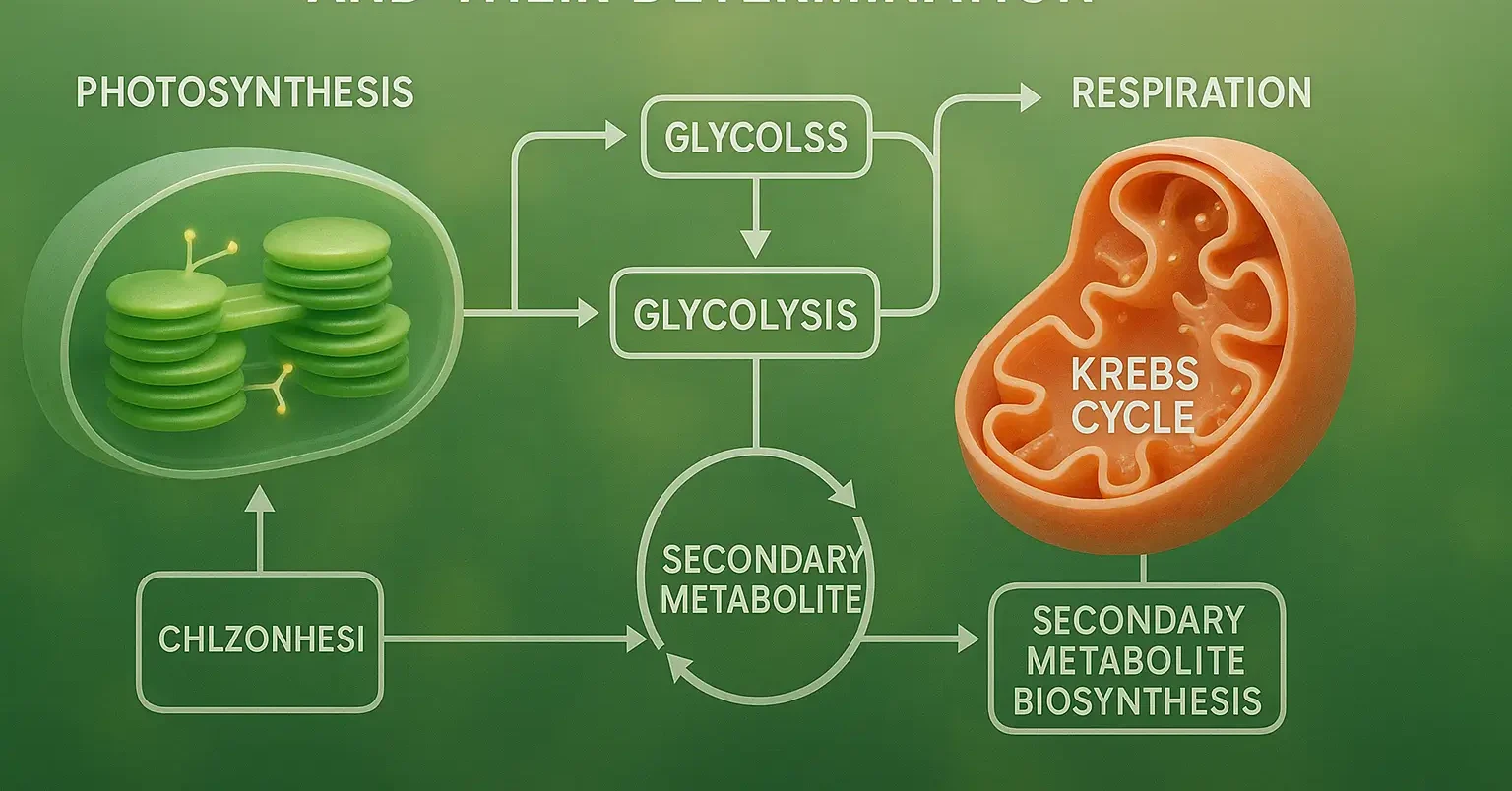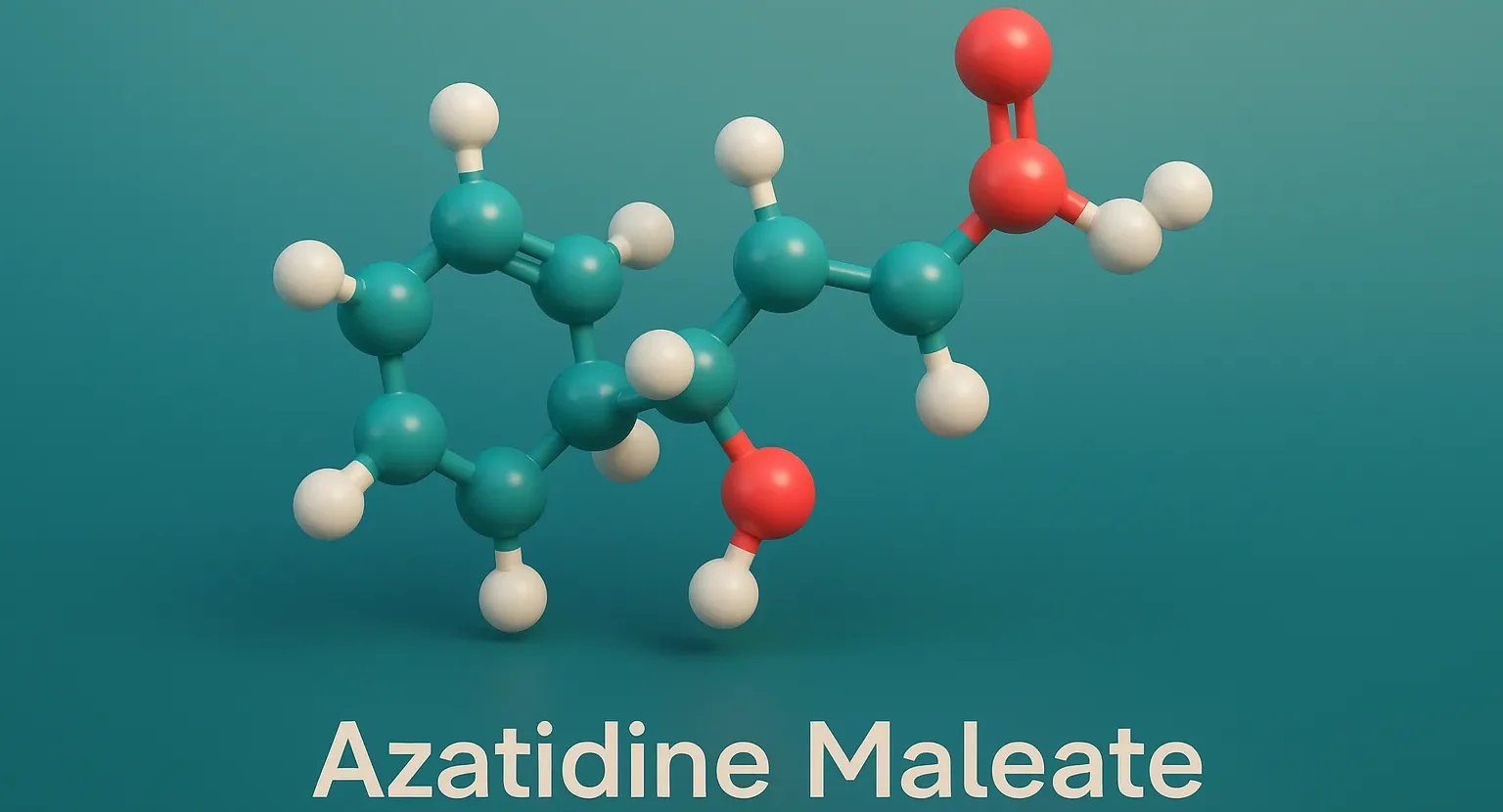Esmolol
Esmolol is a short-acting, selective beta-1 adrenergic receptor blocker (beta-blocker) primarily used to manage rapid heart rates and hypertension, especially in acute care settings. Its rapid onset and very short half-life, esmolol is typically administered intravenously and allows for precise control of heart rate in situations like supraventricular tachycardia, atrial fibrillation. Chemical Structure & Formula: … Read more


